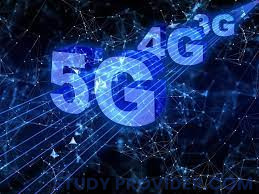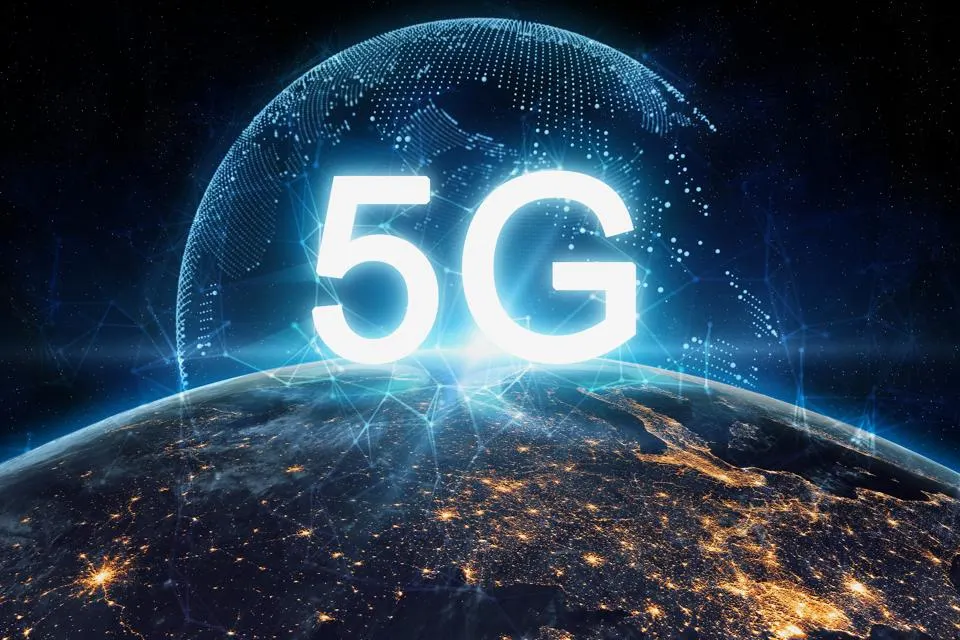Unleashing the Power of 5G Internet: A Technological Marvel with Environmental and Societal Implications
The fifth generation of wireless technology, commonly referred to as 5G, is revolutionizing the way we connect to the internet and communicate with the world. 5G is more than just an upgrade to 4G; it’s a technological leap that promises faster speeds, lower latency, and a multitude of applications that have the potential to transform our lives.
In this article, we will delve into the definition of 5G, explore its potential benefits, discuss its impact on the environment and wildlife, and evaluate its advantages and disadvantages.
5G Internet
5G stands for the fifth generation of wireless technology, and it represents a significant step forward from its predecessors. Unlike previous generations, 5G operates on a broader frequency spectrum, utilizing both sub-6 GHz and millimeter wave (mmWave) bands. This expanded spectrum enables 5G to offer remarkable data speeds and exceptionally low latency, making it ideal for various applications, including IoT (Internet of Things), autonomous vehicles, augmented and virtual reality, and more.

How 5G Is Helpful for Us
Enhanced Connectivity:
- 5G promises blazing-fast internet speeds, which means smoother video streaming, quicker downloads, and seamless video conferencing, making it easier to work and connect with people worldwide.
IoT Revolution:
- The low latency and capacity of 5G enable the proliferation of IoT devices, making smart homes, cities, and industries a reality.
- This enhances convenience, efficiency, and sustainability.
Next-Generation Computing:
- 5G supports cloud-based services and edge computing, ushering in a new era of computing where data processing happens closer to the source.
- This results in faster and more responsive applications.
Effects on Our Environment
Energy Efficiency:
- 5G networks are designed to be more energy-efficient than their predecessors, which can help reduce the carbon footprint of telecommunications infrastructure.
Reduced E-Waste:
- As 5G extends the life of existing devices and enables the repurposing of older electronics, it may lead to a reduction in electronic waste.
Effects on Birds
- There have been concerns about the potential impact of 5G radiation on birds and other wildlife. Research is ongoing, but so far, there is no conclusive evidence that 5G technology is harmful to birds.
- The frequencies used in 5G are generally considered safe for humans, and similar safety standards are typically applied to wildlife.
Advantages of 5G
Faster Speeds:
- 5G offers significantly faster data speeds, which can improve the performance of applications, reduce buffering times, and support high-quality video streaming.
Low Latency:
- With lower latency, 5G enables real-time interactions and enhances applications like online gaming, autonomous vehicles, and remote surgery.
IoT Growth:
- The extensive connectivity and low power requirements of 5G pave the way for a massive expansion of IoT devices, transforming how we interact with our surroundings.
Disadvantages of 5G
Infrastructure Requirements:
- Deploying 5G networks requires substantial infrastructure investments, including the installation of many small cell towers and antennas, which can be costly and time-consuming.
Health Concerns:
- Some individuals have expressed concerns about potential health risks associated with 5G radiation, although current scientific consensus suggests that 5G is safe within established limits.
Digital Divide:
- The rollout of 5G is not uniform, and some regions may lag behind in receiving its benefits, leading to a digital divide between urban and rural areas.
Conclusion
- 5G technology is a remarkable leap forward in the world of telecommunications and connectivity.
- It has the potential to transform our lives by enabling faster and more responsive internet services, supporting the growth of IoT, and revolutionizing the next generation of computing.
- While concerns about its environmental impact and potential health risks exist, ongoing research and the development of regulations aim to address these issues.
- As we move forward with the adoption of 5G, it’s essential to balance the benefits with the need to mitigate any potential drawbacks, ensuring a brighter and more connected future for all.
